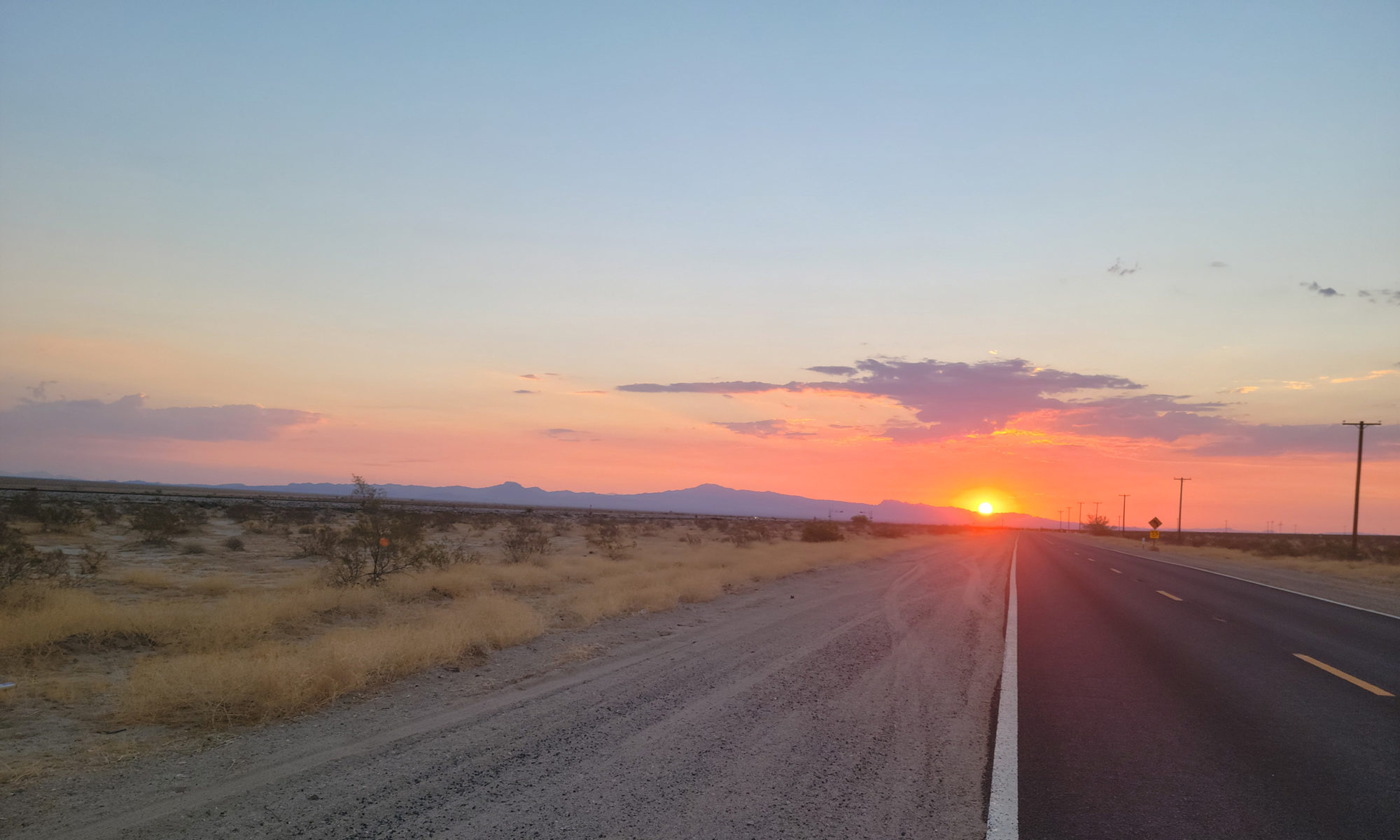A Hike in the Rain
October 30, 2021
It was raining. All day. No sign of letup. And I wanted to walk and hike.
So I did. Good decision. It was a Saturday, after all, and I’d been needing and looking forward to hiking all week as I gazed out my office window. A little rain – or a lot of rain in this case – wasn’t going to stop me.
But as I tromped through the woods, my hiking pants soaking through, streams of water ski-jumping off my nose, I couldn’t help wonder: why don’t more people do this? Why aren’t those who love the outdoors out here exploring these wet forest trails too?
Is it only about the water? Or is there perceived danger in rain hiking? (There was no lightening accompanying this day’s rain.)
I definitely should have worn rain pants, not sure why I left them home. But it didn’t matter. I was as happy trudging through the rain-streaked forest as I would have been on a perfect, sunny day. Okay, maybe not as happy, but not too far off.
Yet I didn’t see a single soul for two hours. This was on Mount Tom, one of the most hiked areas in the entire Pioneer Valley. And this was mid-afternoon on a Saturday, prime time for hiking. Not a single other hiker.
That was okay, it amped up the adventure feel, to be alone in the woods for hours at a time, a bank of fog below every precipice, clouding the view of humanity below. Still, I wondered: where is everybody?
Safety Concerns
Of course, there are some practical reasons for not wanting to hike in the rain. Rocks are slippery when wet, and descending some sections on stone-strewn New England hiking trails can be treacherous.
And certainly, I would never recommend hiking amid a lightening storm. I was once caught off guard atop Mount Greylock in a hail storm with lightening, one crack booming ten feet over my head, according to my hiking partner. I know from experience, a mountaintop or any elevated ground is not where you want to find yourself with lightening exploding around you.
Also, depending on where you’re hiking, there can be a danger of flooding. Especially in desert areas, you would not want to be caught unawares anywhere near a canyon when a torrential downpour sets in. It can create powerful walls of water that will sweep away unprepared hikers.
Even in New England, trails often trace the paths of stream beds, and during a rain storm these chutes can fill up with rushing water. Being caught in one can be dangerous. At the very least, it’s not very comfortable trying to hike when every step is plunging your shoe into half a foot of water.
Hiking in the rain can be muddy too. Mud isn’t really dangerous, just uncomfortable. Sometimes to the point of sinking your foot up to the ankle in a soft slog of muck, sucking your shoe off when you step out.
But the biggest practical threat to hiking in the rain is the danger of hypothermia. If the temperature is on the cold side and you get saturated with water it can start to pull down your core body temperature. If it gets too low – such as south of 97 degrees Fahrenheit – your body starts to shut down some functions in order to protect the most vital organs’ operation. Blood flow to the brain slows down and your decision-making and response times can become impaired, further endangering your safety. It can go downhill quickly.
What’s a Little Water
So let me be clear: when I advocate the pleasures of walking or hiking in the rain, I’m not talking about doing so in conditions that would include any of the above dangers.
I’m talking about a steady, day-long rain of the type that we often get here in New England in the spring, or sometimes mid-autumn. Such as was the case on this day.
By the time I finished my two-hour hike I was ready to get out of the rain. Perhaps that’s the moment I most closely recognized other hikers’ reluctance to head out in the rain. It’s chilly when you stop moving. It’s soggy and sloshy. It’s a little uncomfortable.
Still, it’s well worth the moderate discomfort to be on a hike in the woods if that’s an activity you love, rain or not. Hearing the spatter of drops hitting leaves and the ground adds a layer of distinction to a rain hike. The feel of the forest is altogether different. Animals move differently, squirrels scurry more hurriedly, only the hardiest of birds sing, and you’re more likely to see deer without throngs of people on the trails.
I highly recommend the experience. Next time it’s raining (but not too cold, and without lightening), consider a walk or hike in the woods with proper rain gear. You’ll see a side of the forest that might surprise you. Maybe I’ll see you out there.


